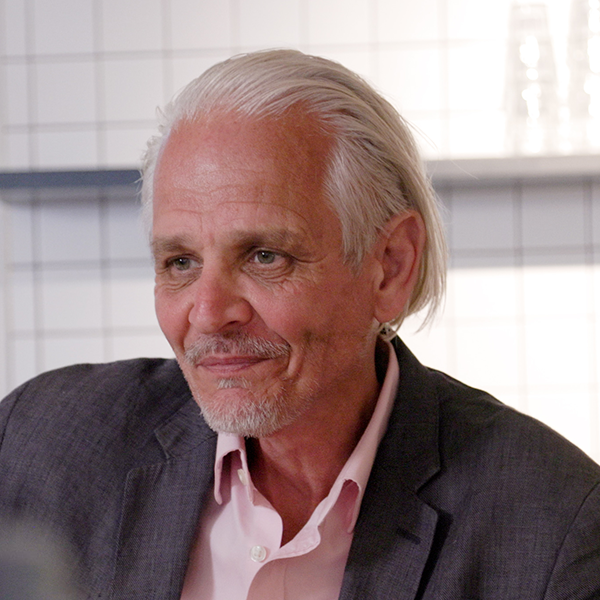The UK’s Worker Protection Act came into force last October; now is the time for all employers to act.
We talk a lot in our sessions about “the pictures in our heads” – our human and automatic unconscious thoughts. Some of the time these pictures just stay in our heads but other times we do something with them – we process them in our actions, our behaviour, and our treatment of others. These thoughts impact our critical decision making (recruitment, selection, performance management to name but a few) but can create unintended outcomes. Once we have a clear picture of someone, we tend to look for evidence to support that view and, indeed, we attribute less value to evidence which gives the contrary view. So we might think someone who has studied at a particular establishment is better suited for a specific job than someone else and we tend to attach more value to evidence which supports our original view. It’s just the way our brains work!
The starting point I always say is to “notice” what you do – don’t give yourself a hard time, just notice the pictures in your head. In a busy world it is not always easy to notice the way you are thinking – you need help and visual prompts can help. A TV station in Denmark has just illustrated this beautifully. Have a look – this might become one of my visual prompts from now on! https://youtu.be/C0cfygJrABs
Related Articles

What to do if you've gotten drunk and acted inappropriately at a work event?

5 reasons workplaces should embrace neurodiversity, and learnings from Bahar Khorram vs Capgemini UK

Harriet Harman Report on sexual harassment: How should law firms respond?


Training Zone: Five 2025 training trends to address the knowing-doing gap
Matt Dean explores the knowledge gaps organisations are looking to close in 2025.




